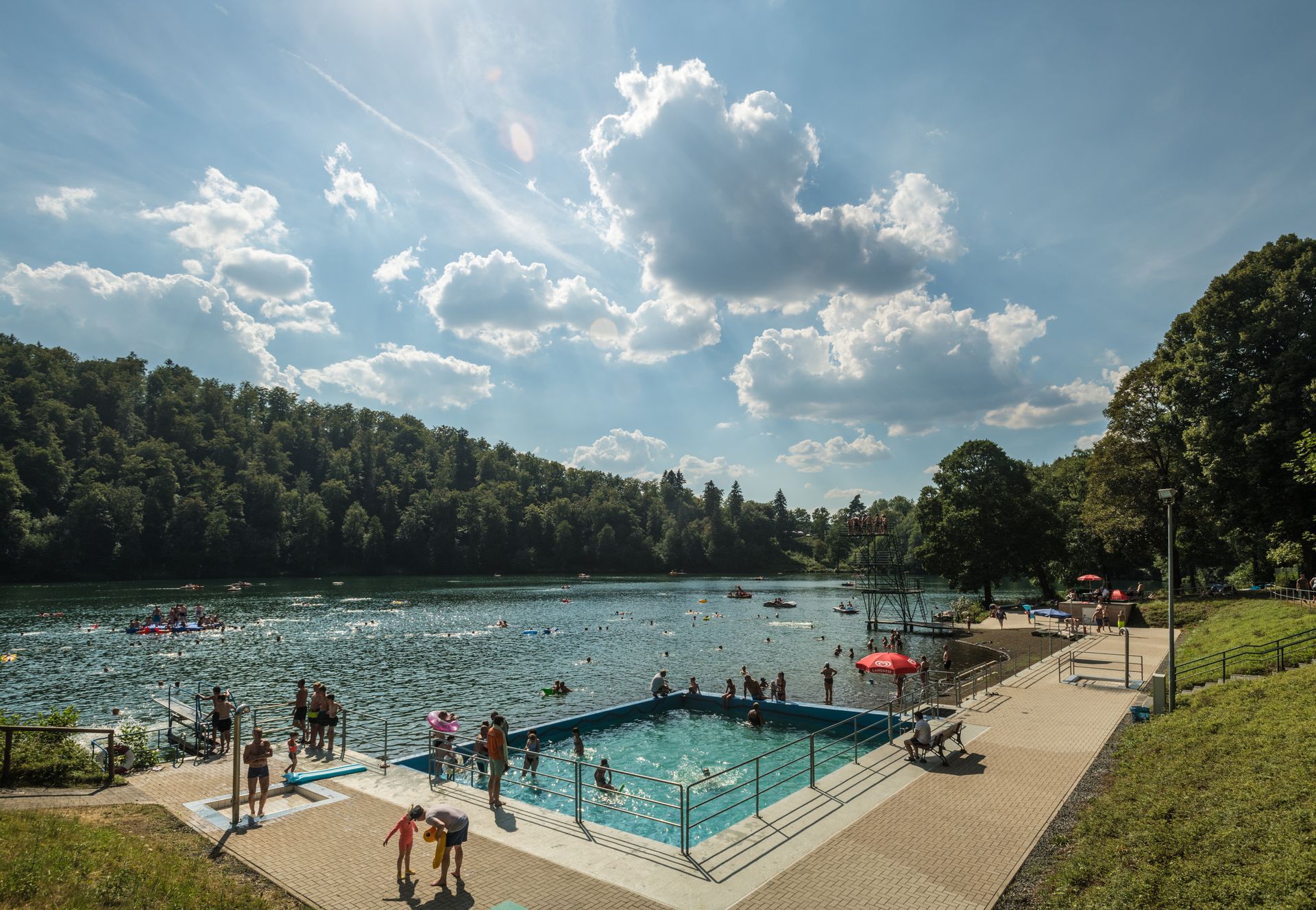
Maars of the volcanic Eifel
The water-filled maars are the trademark of the volcanic Eifel. But what exactly is a maar?
The term maar is derived from the Latin "mare" (= sea) and applies to the funnel-shaped type of volcano created by steam eruptions , which is "blasted" into the landscape and often presents itself as a bowl-like shape.
In the initial formation phase of a maar, rising magma meets water-bearing rock layers, resulting in huge explosions. The surrounding rock is shredded into tiny components together with the magma and hurled out of the explosion funnel.
A cavity forms in the area of the explosion focus, which turns into an explosion vent. As the rock above the resulting cavity collapses, the explosion vent becomes a collapse or maar funnel. After the volcanic activity subsided, the funnels subsequently filled with water.
A total of over 70 maar volcanoes have been counted in the Eifel, only eleven maars are still filled with water today, the rest have already silted up.

